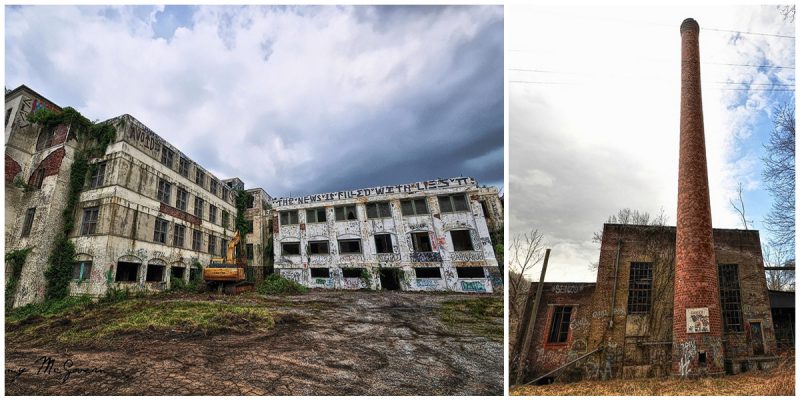Henryton State Hospital was originally founded in 1918 as the Maryland Tuberculosis Sanatorium for African-Americans. The 30-acre site was originally known as the “Colored Branch” of The Maryland Tuberculosis Sanitarium before becoming known by its more familiar name, Henryton.
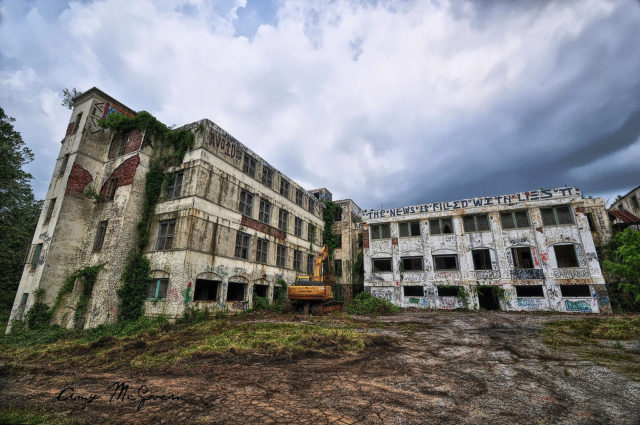
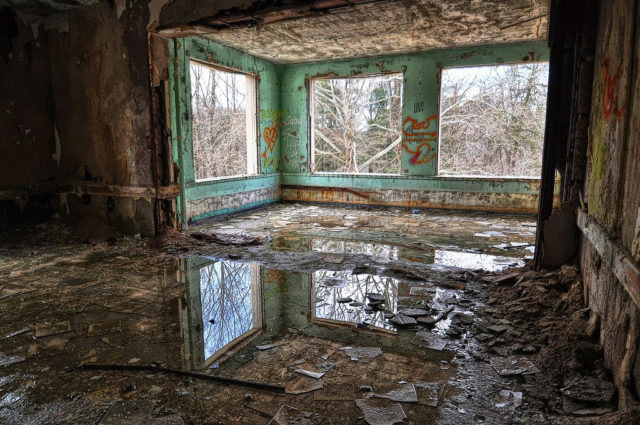
The Henryton State Hospital center, or the Henryton Tuberculosis Sanatorium as it was called, was erected in 1922 by the Maryland Board of Mental Hygiene. The establishment of the Henryton Sanatorium was one of the final steps in Maryland’s program to treat all of the state’s tubercular patients. This was one of the first such facilities in Maryland erected to provide African Americans with the same level of treatment as white people.
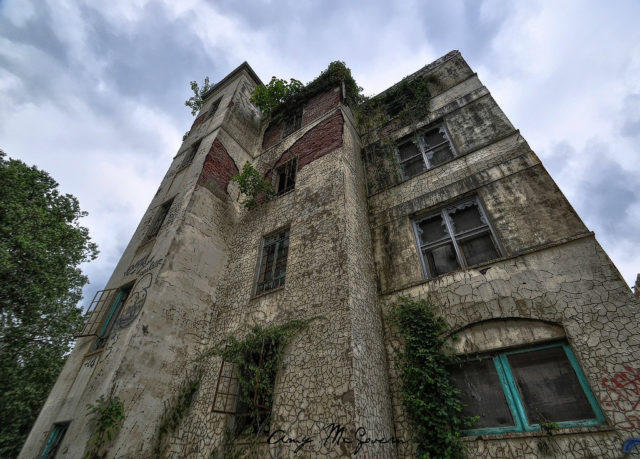
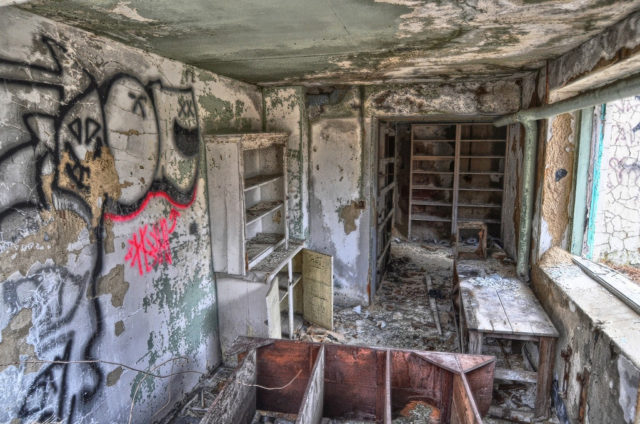
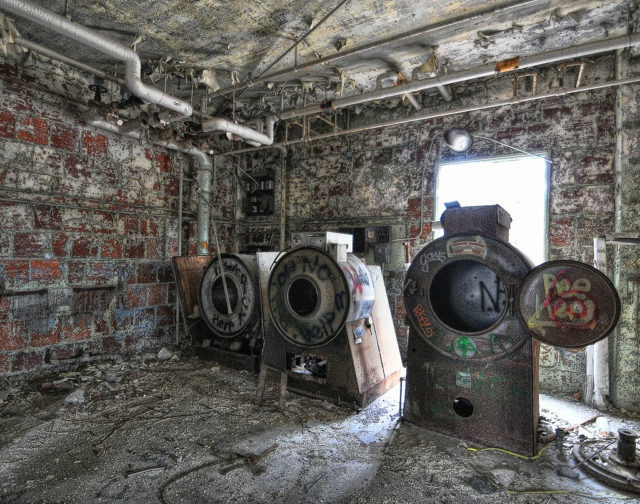
The facility originally consisted of six buildings and a power plant, erected between the years of 1921 and 1923. The increasing population of TB patients placed a heavy burden on the facility, so, in 1938, funds were given for the construction of larger treatment buildings. The new buildings roughly doubled the size of the overall facility, and several more municipal buildings added even more space to the complex. However by the time construction was completed in 1946, the rate of the disease had dropped significantly, leaving much of the new buildings as unused space.
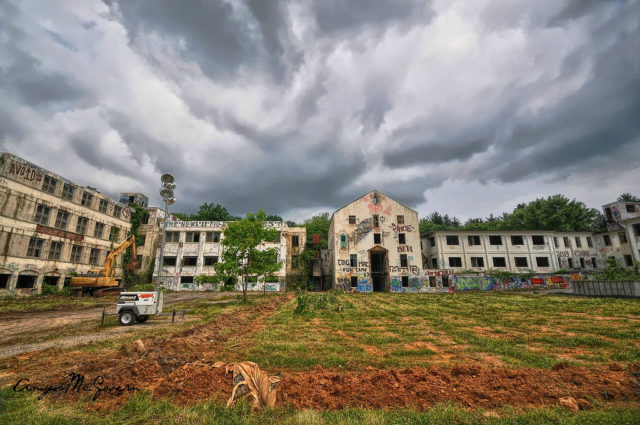
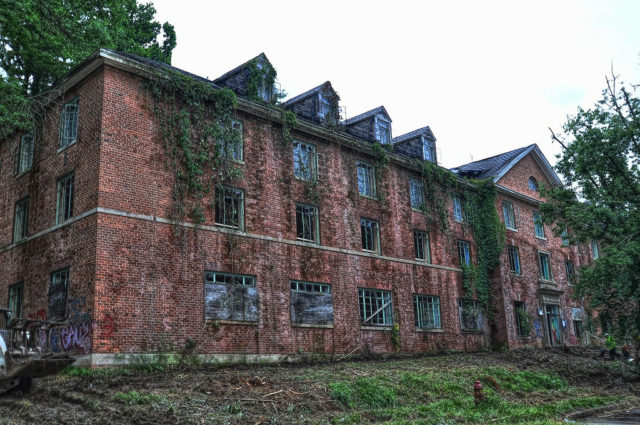
In 1963, the hospital ended operating as a TB facility and reopened to care for severely mentally ill adults. The renovation and conversion of the facility was fully completed in the early 1950s. It was converted to a state hospital and could accommodate 400 patients.
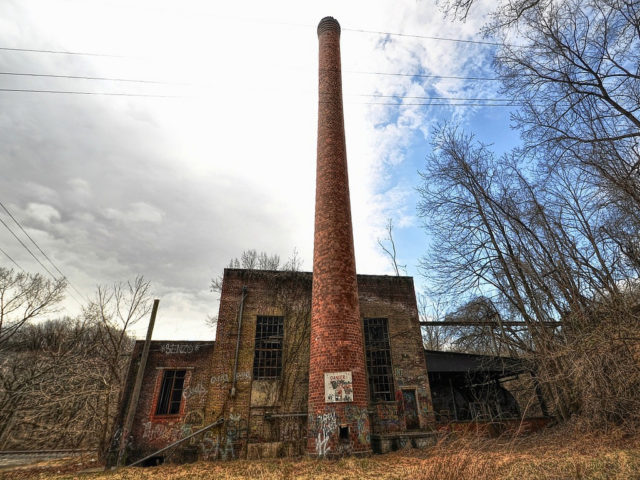
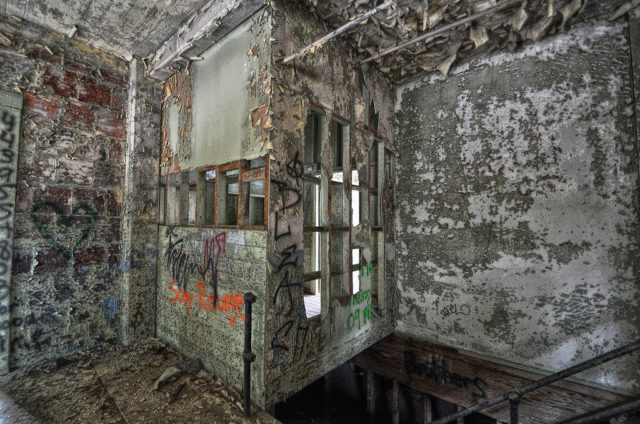
As deinstitutionalization took hold in the United States in the 1970s, the resident population at Henryton dwindled. In 1985, Henryton had fewer than 100 resident patients and operations at the center were being phased out. By the fall of 1985, the facility was emptied, locked, boarded up, and closed.
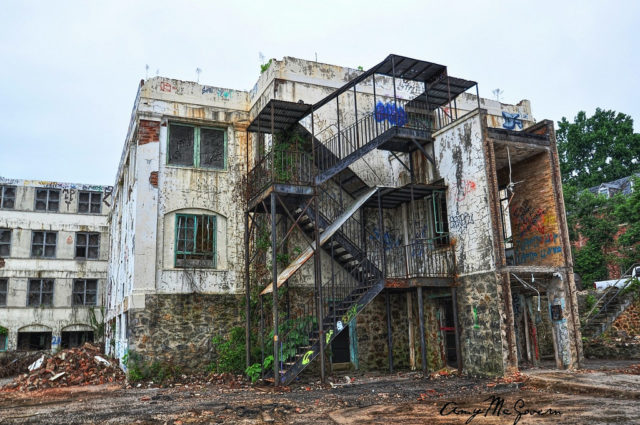
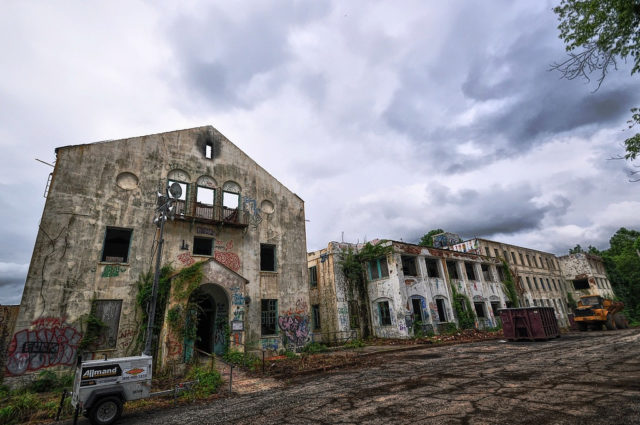
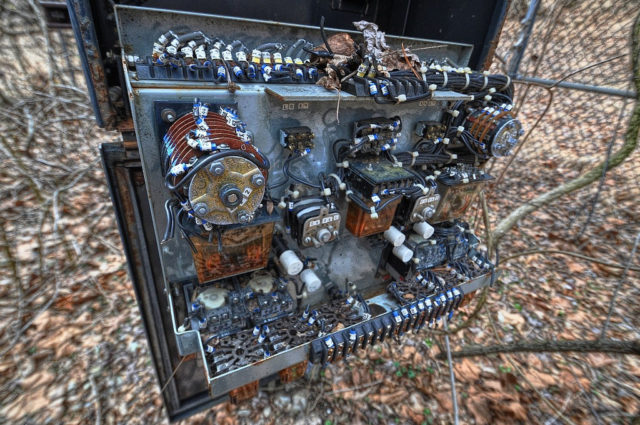
There have been 70 fires over the past decade, as the complex like others falls victim to vandalism and deterioration. The facade of most of the buildings have been extensively damaged and covered in graffiti. It became a popular place for locals, ghost hunters, and urban explorers to hang out.
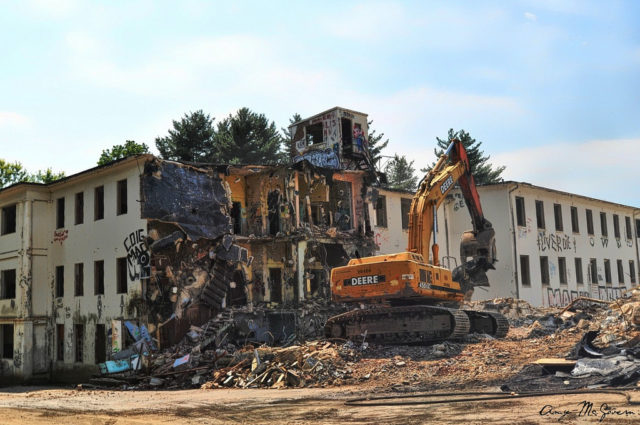
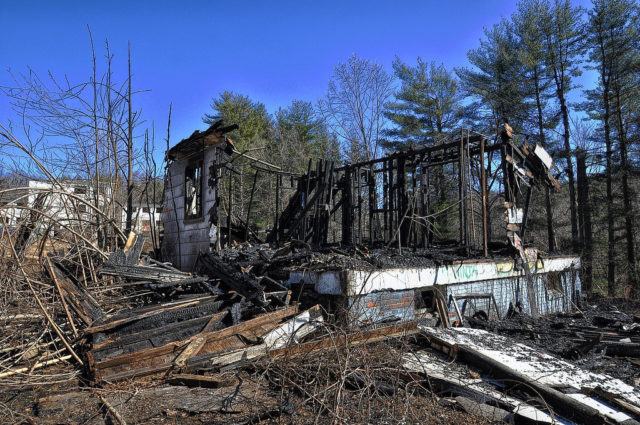
With an increase of recurring vandalism and the costs and risk to firefighters, the Carroll County Government pushed for demolition of the property and $3.5 million had been allocated to the razing of Henryton (including asbestos removal). Beginning in the spring of 2013, over $2 million were planned to complete the demolition in 2014. The hospital was fully demolished in September 2013 and a site wall with a small plaque is all that remains on site.
Photos: Forsaken Fotos/Flickr
